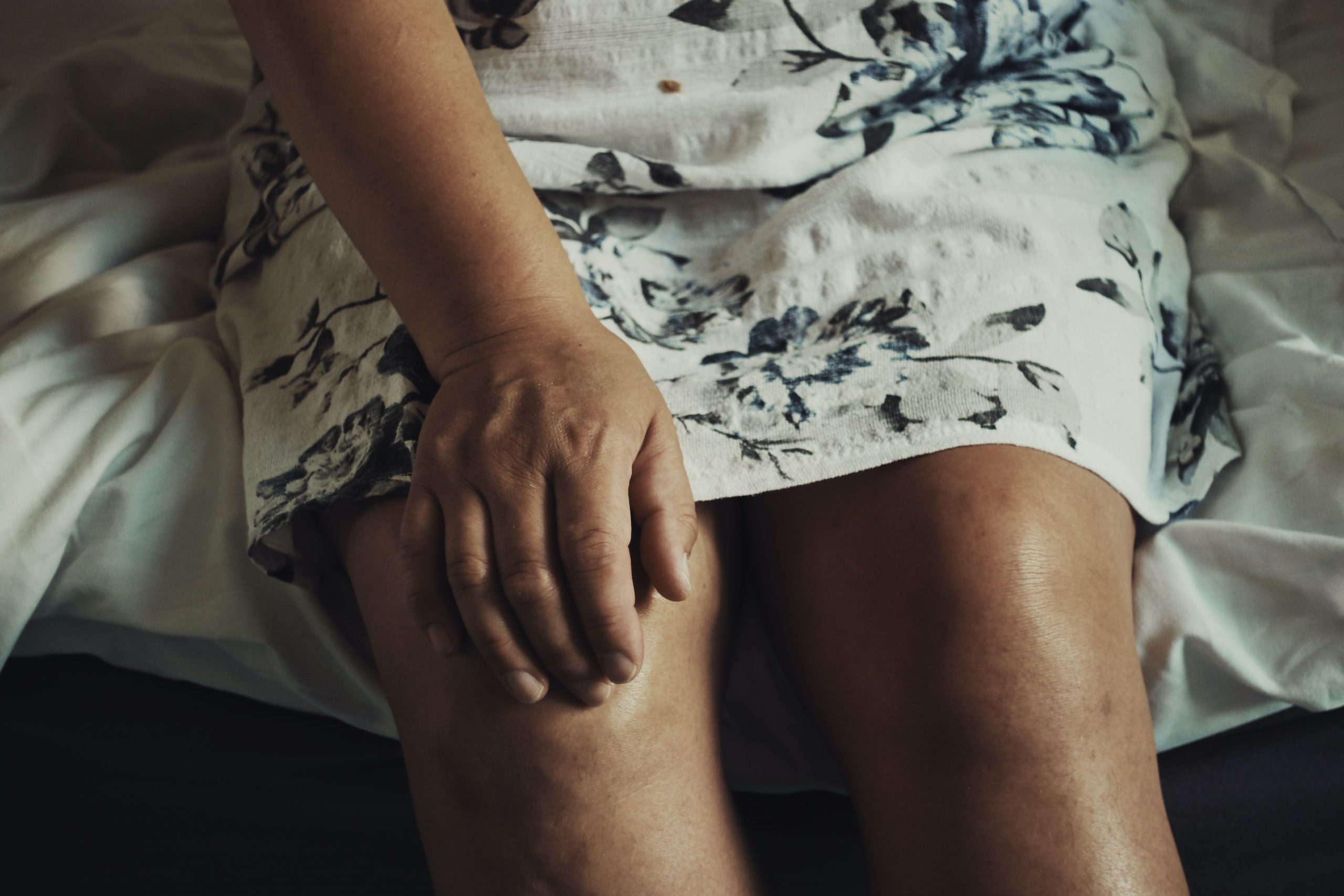Did you know that you can actually experience knee pain even if you’re not a physically active individual? Although common knee injuries are the result of torn cartilages or ruptured ligaments, medical conditions like gout, arthritis, and other infections can also result in knee pain. To make sure that you handle your physical ailment properly, you need to observe proper recovery practices.
Observing proper knee care habits
Underestimating the severity of your condition can lead to prolonged recovery time at best to permanent damage to your bones or joints at worst. This is why you should avoid activities that will prevent your injury from healing properly.
In this article, we will share three practices that you should do while recovering from a knee injury:
1. Adjust your old fitness routine
Many people make the mistake of performing gym workouts in the belief that gradual adaptation to physical activity with an injury will lead to a faster healing process. Unfortunately, this will only end up affecting you more with regards to pain tolerance and will do little in healing your injury.
Depending on the severity of your injury, the increased stress on your knees can lead to a longer recovery rate and can even cause you to reinjure yourself with your body out of balance. On the other hand, you can adjust your workout routine to make sure that your affected knee isn’t burdened by using low-impact activities to keep fit even as your knee rests.
2. Maintain self-care treatment routines
Regardless of whether your knee pain is the result of physical injury or a medical condition, you will need to treat yourself regularly to ensure that you’re on schedule to get back on your feet. One popular self-care treatment for knee injuries is the RICE (rest, ice, compression, and elevation) method. It’s a treatment that applies both ice and heat on the affected area to reduce swelling, relieve pain, and improve your body’s natural healing properties.
You can do this by icing or heating the injured area for 30 minutes every two hours. If you’re wearing a modern knee brace, a convenient pocket can contain your ice pack or hot pod so that you can perform the treatment hands-free.
3. Observe your body weight
Keep in mind that body weight plays a considerable role in placing a direct burden on your knees. This is especially an issue for people who recently had operations on their lower body that can result in knee problems. Dense muscles or overweight body mass can also cause your knees to heal at a slower rate or cause you to have a permanent disability.
Practicing proper weight loss methods is an effective way to improve your body’s natural healing process while also reducing the load that your recovering knee will handle. At the same time, you shouldn’t force yourself into a crash diet but look for a nutrition program that helps you cut back on the extra calories while still receiving enough nutrients and minerals for your body.
Conclusion
Dealing with knee injuries will become a more complicated issue as you grow older. This is because it’s a few steps away from causing problems in your ability to move, which is a considerable medical expense to cover for. You should take knee pain seriously by consulting with an orthopedic doctor, especially if the pain isn’t caused by a physical injury as it could be a symptom of an underlying medical condition.
Keep a close watch on your health by being informed about the different conditions and illnesses that can affect your body. Browse through our healthcare news articles to receive the latest medical news and healthcare tips to guide you in living a healthier life!


















